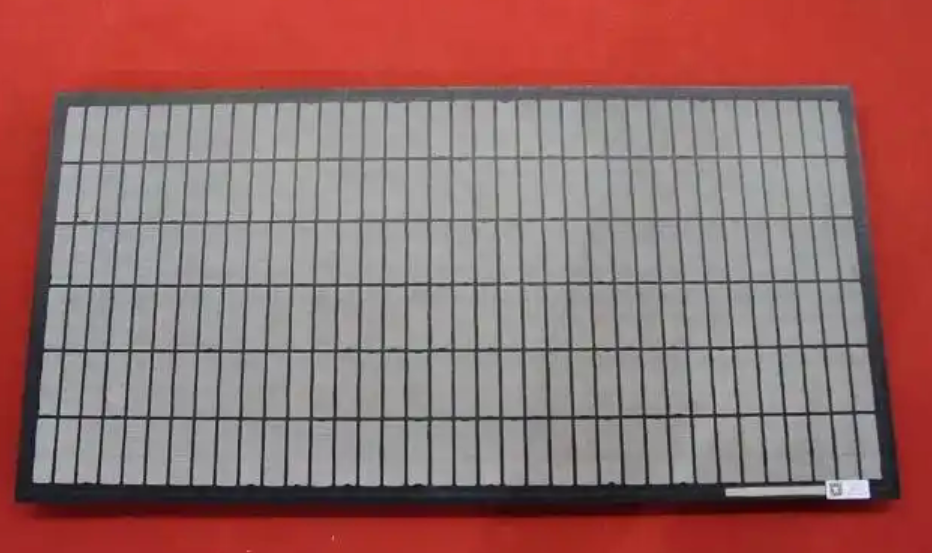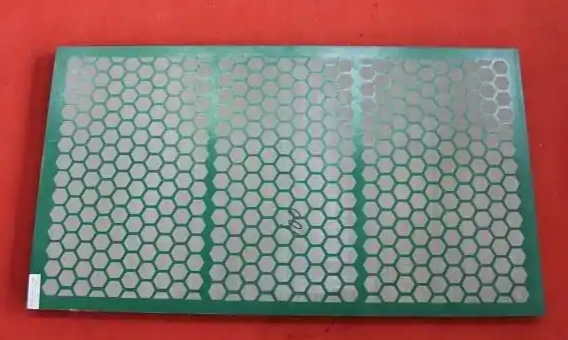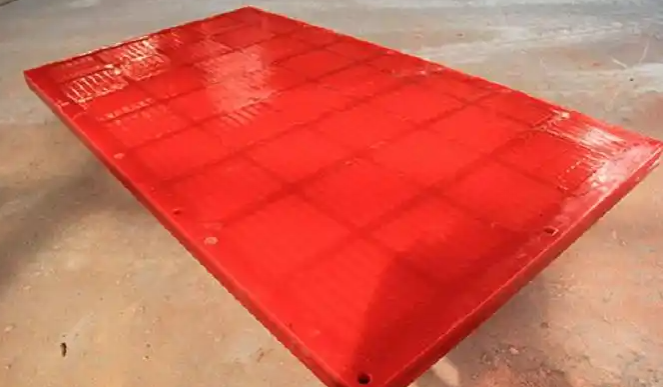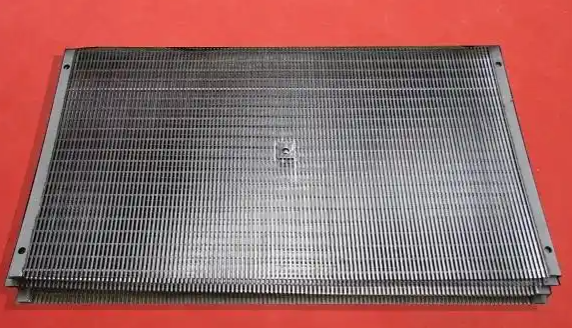Shale shaker screens are usually woven from metal wire or fiber wire, with an opening size between 0.15–1 mm. They are mainly used to remove and recover different types of fine suspended solids from drilling mud. Screen separation is simple, efficient, and cost-effective, which makes it a widely used method in oilfield drilling solids control systems.
There are many kinds of shaker screens, but today let’s look at four of the most common ones, categorized by the screen material: composite screen, steel frame screen, polyurethane screen, and stainless steel screen.
1. Composite Shaker Screen
Composite screens are one of the most commonly used types in drilling mud shale shakers. They are made of stainless steel wire mesh, plastic flat mesh, and galvanized plates. These screens are known for their long service life, excellent separation performance, and low overall operating cost. They are easy to install and remove, provide high liquid throughput, and handle solids removal very well. Common sizes include 1165×585 mm, with mesh ranges from 20 to 320.

2. Steel Frame Shaker Screen
Steel frame screens are also widely used in the oilfield. They are mainly made of a steel frame with 2–3 layers of stainless steel mesh tightly bonded to it. The frame itself is built from high-strength square or flat steel tubes and reinforced with several supporting ribs. The mesh layers are tensioned properly and can be bonded with metal glue or directly pressed onto the frame, forming a solid and durable structure.
With different mesh sizes carefully combined, these screens achieve finer separation. The screen surface is divided into multiple small independent panels to prevent damage from spreading. They also come with rubber plugs to quickly repair broken areas, saving time and reducing costs.

3. Polyurethane Shaker Screen
Polyurethane screens are made from polyurethane, a high-strength elastic polymer material. They have excellent elasticity, strong impact resistance, and are not easy to block during use. Thanks to their high wear resistance, flexibility, and self-cleaning ability, they greatly improve screening efficiency and production rates. Their lifespan can be several times, even dozens of times, longer than regular metal screens, making polyurethane screens one of the most durable screen materials available worldwide.

4. Stainless Steel Shaker Screen
Stainless steel screens are mainly used in acidic or alkaline environments, as well as in drilling mud filtering, chemical, and fiber industries. The common stainless steel grades include 201, 302, 304, 304L, and 316. They are highly resistant to acid, alkali, and corrosion. Stainless steel screens can also withstand high temperatures: for example, 304 stainless steel can handle up to about 800°C, while 310S stainless steel can withstand up to 1150°C.

These are four of the most common shaker screen types: composite, steel frame, polyurethane, and stainless steel. Of course, screens can also be classified by other standards, giving rise to many more types beyond these.

